Teaching kids to read is not enough. What a strange title, especially coming from This Reading Mama. But it’s true for most kids. There are a few exceptions to the rule, but for most kids teaching them how to read is simply not enough to help them grow in their literacy skills.
And while it’s a fact that just reading the words doesn’t make kids a good reader {there has to be a comprehension component as well}, I’m not talking about comprehension today. I want to camp out in the land of spelling because it affects both reading and writing.
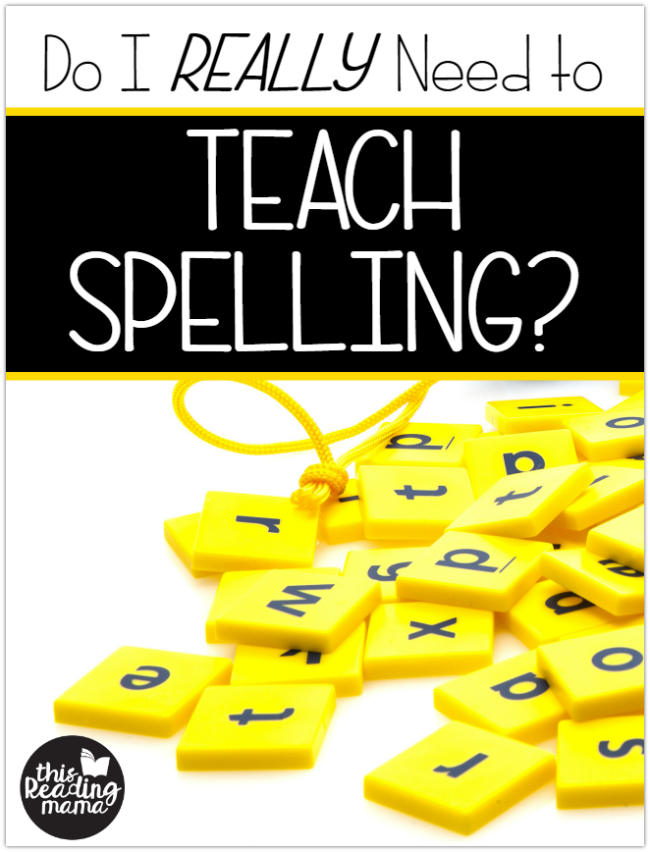
*This post contains affiliate links.
Why Teaching Kids to Read Is Not Enough
For the majority of kids, learning to spell words accurately {or conventionally} falls behind learning to read. This is true even for adults. There are words I can read without a problem that I’d have to look up to know how to spell, like miscellaneous.
We can read words we can’t spell simply because reading provides lots of extra help with words.
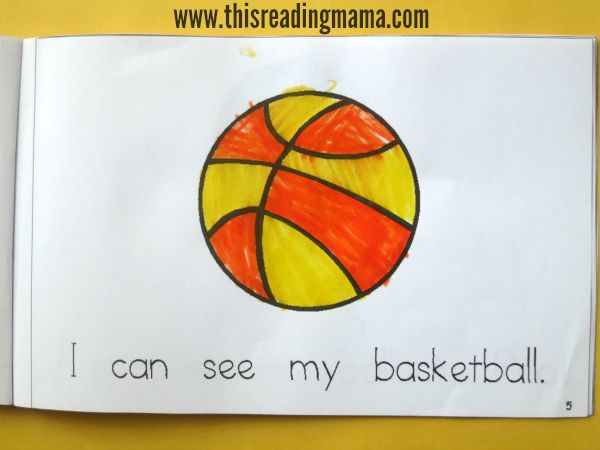
Younger kids might use a picture or the beginning sound in the word. As kids grow in their reading skills, they begin to figure some words out by what would make sense in the sentence. These context clues help kids read words like hippopotamus or motorcycle that they’d never be able to spell accurately on their own.
If we just focus on reading and reading strategies {which are great}, spelling can be neglected and kids can fall even further behind in learning to spell. This can happen to struggling readers as well as advanced readers.
So, what should we do?
Let’s Teach Spelling, Too
Oh, so fun! I can tell you’re ready to dive in. Ha! But spelling CAN be engaging, hands-on, and consist of more than learning a bunch of random phonics rules that are broken more than they are followed.
Two of my absolute favorite ways to engage students with spelling in a meaningful way are word sorts and All About Spelling. Today, I want to explore those two spelling programs just a bit.
All About Spelling
If you have a struggling speller or reader that you’re teaching and you feel you need more of a structured spelling program, All About Spelling is your curriculum. Designed for home use, I it also works beautifully with a small group of children in a classroom setting as well.
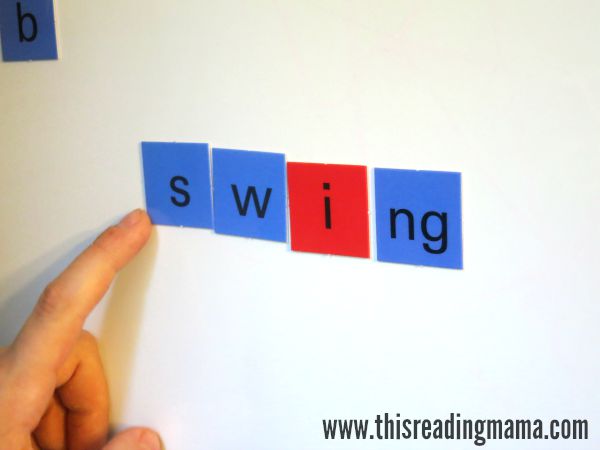
Kids are asked to spell words by a common spelling pattern with letter tiles.
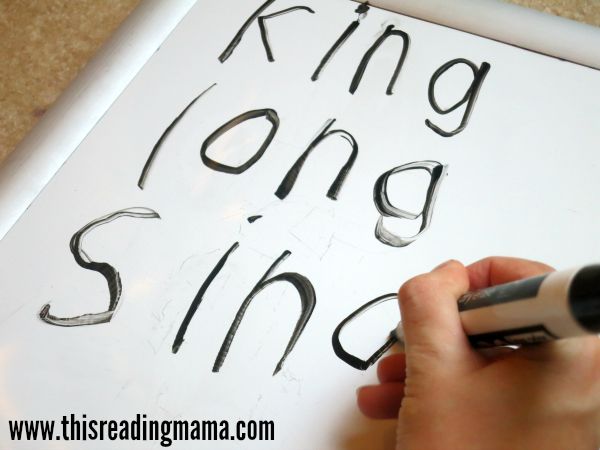
They are also asked to spell them by writing them out. These words all share the -ng pattern at the end of them.
I personally LOVE, LOVE, LOVE the colored letter tiles. They aren’t just for little kids either! As kids progress in spelling features, prefixes and suffixes are added on.
All About Spelling also includes helpful hints and tips inside each lesson, which are spot-on! The lessons are predictable in nature and in structure, which makes planning and implementing them easier.
Words Their Way: Word Sorts
While getting my M.Ed. in Reading, I was introduced to and fell in love with the word study approach. I’ve been honored to help create some word study apps, too. It is similar to All About Spelling in that it teaches by spelling patterns in hands-on, engaging ways.
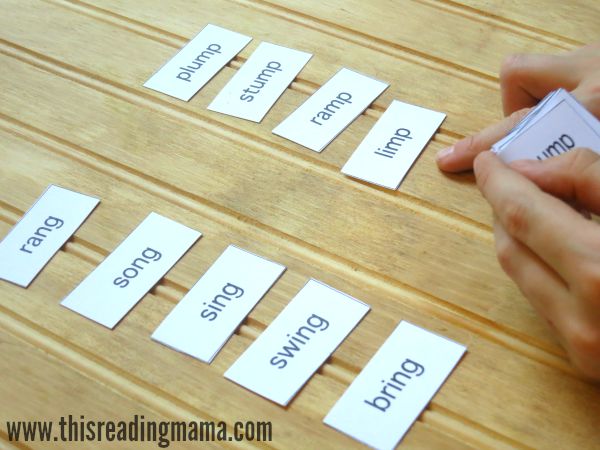
It differs in that the patterns are taught and learned mainly through sorting words by their common phonics features. After kids sort the words, they verbalize the patterns {example above: -ng and -mp} and then spell the words in a spelling notebook.
Ready-made sorts can be copied out of their supplement books, which I have used for years. To find out which book you might need, my article Using Words Their Way to Teach Spelling may help.
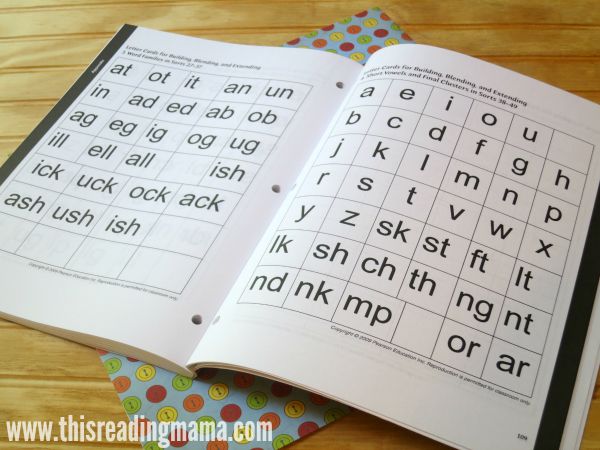
The supplement books have word sorting routines and helpful teaching tips as well as letter cards you can copy off and use with spelling words, too.
Change it Up Sometimes
While both All About Spelling and Words Their Way are hands-on, the predictability of the lessons and routines can become a little dry after time.
It helps to add some variety to keep interest high. Instead of sorting words, we spell them with the tiles. Instead of spelling them with the tiles, we sort them with a word sort that aligns closely from Words Their Way.
I also like to create and play phonics games and other kinds of activities, like going on a word hunt, that highlight the phonics feature we’re working on at the time. And don’t forget our apps, too! The key for me is to keep it simple and quick. Spelling instruction should not be an hour long lesson every day. About 10-15 minutes is the most we spend on it.
To best prepare kids in a well-balanced way, it is clear that teaching kids to read is simply not enough. Hands-on and engaging spelling instruction is just as important for all kinds of readers.
More Spelling Resources:
$9.99Add to cart
- Read more about teaching spelling in my book, Teaching Kids to Spell: A Developmental Approach to Spelling.
- 5 Ways that Teaching Spelling Helps Readers
- 10 Days of Teaching Spelling Through Word Study
- Why I Don’t Give a Friday Spelling Test
- Word Bump! Interactive Spelling Games
- 50 Hands-on Spelling Activities
Enjoy!
~Becky

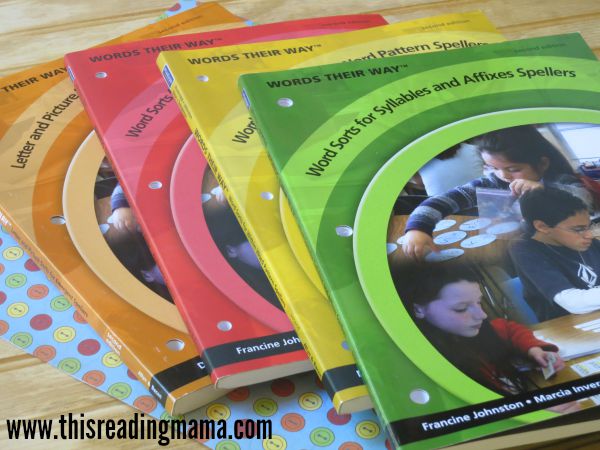

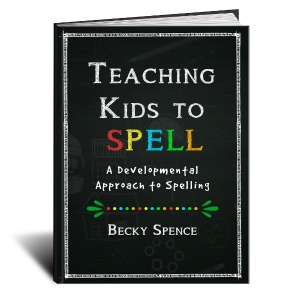
Great post! My child was an early reader. He was reading without anyone else when he completed prekindergarten.
He went through about fourteen days in kindergarten before the school educated us that since he was reading so easily, they needed to propel him to initially grade.
How could we do this? As others have stated, I read to my kid as often as possible. Books are constantly present in our home.
My significant other and I both love reading and composing, so we read to him continually, including books that outlined the letters of the letter set, so he took in his letters and how they functioned.